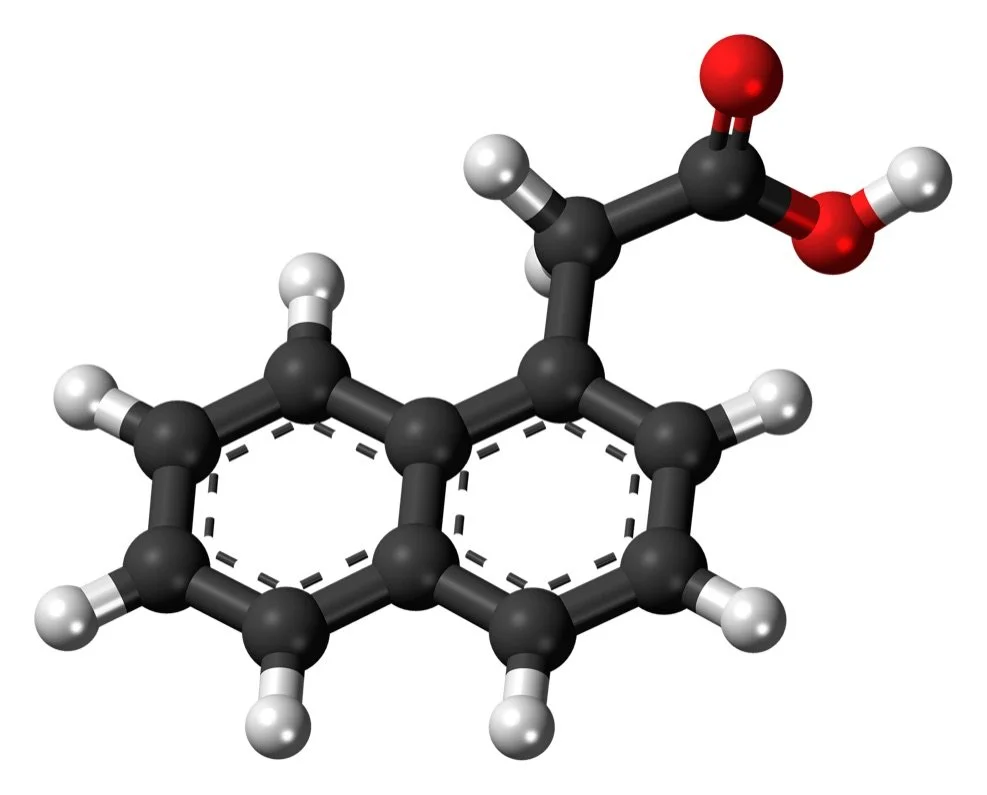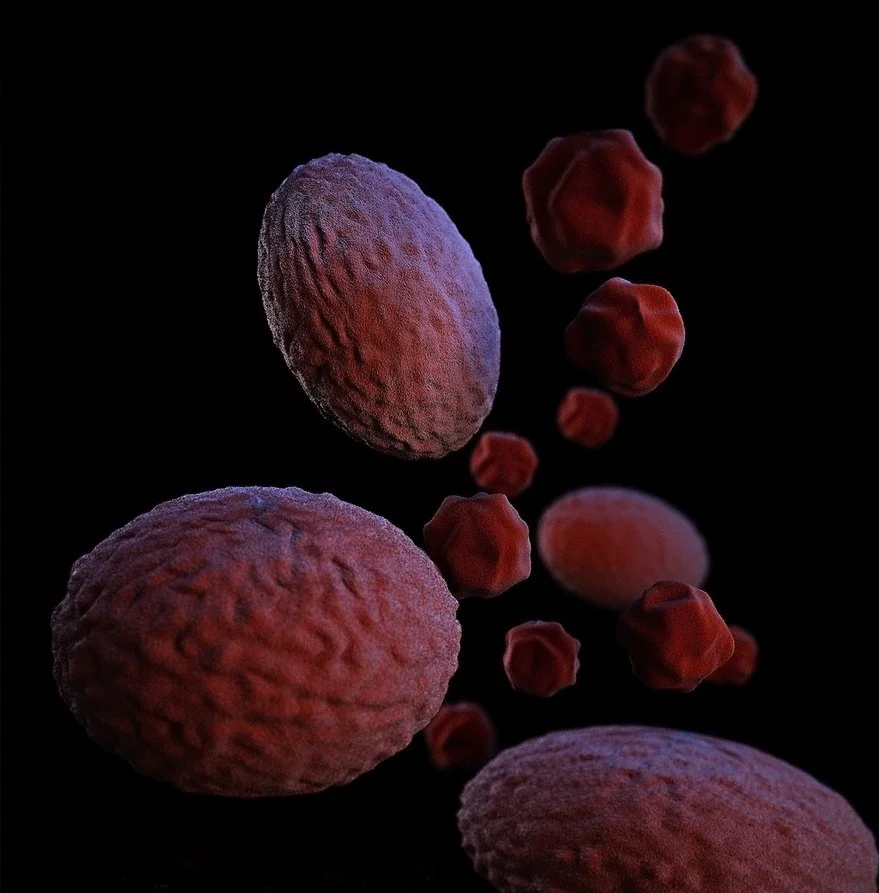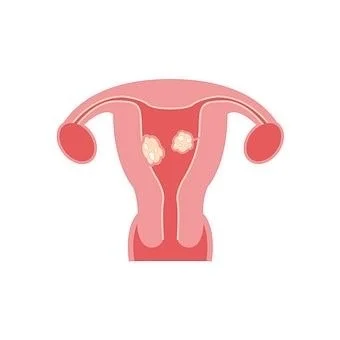Sometimes called “andropause”, the question of whether men have a change of life similar to menopause for women has long been debated. While women experience age-related physical changes at a rather specific time (when ovarian function declines leading up to around age 50), for men the shift occurs much more gradually. A reduction in testosterone production happens over many years as men age, and can result in diminished muscular strength, energy and libido, erectile dysfunction, depression, and even osteoporosis. The problem is that these symptoms are often not seen in men with low testosterone and may also be caused by other factors such as stress, illness, medications, obesity, psychiatric conditions, diabetes, high blood pressure or low thyroid levels.
Read MoreMost women experience mood changes after giving birth, sometimes called “postpartum blues”. Understandable, since rapid hormonal shifts take place, and having a baby is a dramatic life change. For the vast majority of women, these mood changes are short-lived and mild. However, 10-15% suffer a more serious form of depression; and a very small proportion--around 0.2%-- experience psychotic symptoms following childbirth.
Read MoreWomen have two of them: ovaries are small oval-ish glands, one on each side in the lower abdomen below the belly button. Ovarian pain can be felt on either side, or in the pelvis in general as well as in the lower back.
Read MoreOsteoporosis is one of a small number of common metabolic diseases that show no symptoms until there’s a crisis. What’s the crisis? Bone fracture. How common is it? 30% of all women and 17% of all men 50 years or older experience one or more osteoporosis-related fractures in their lifetime. While the condition is generally four times more prevalent in women, that doesn’t mean men can afford to ignore it.
Read MoreHot flashes—perhaps the most dreaded symptom of menopause, and the most common as well. Menopause is defined as the stopping of the menstrual period for at least 12 consecutive months. The average age for menopause is 51, and in the US 1.3 million women reach this milestone every year. Many women experience only mild discomfort, but others are not so fortunate.
Read MoreI frequently get calls from prospective clients asking if I can help them with adrenal fatigue. I then invite them to briefly describe their experience, how long they have been suffering, and if there are other health issues they are currently facing. Adrenal fatigue typically requires an extended conversation, this blogpost covers some aspects of this conversation.
Read MoreThe endocrine system consists of many glands distributed throughout the body, producing more than 50 hormones that are released into the bloodstream or the fluid surrounding cells. Receptors in various organs and tissues respond to these hormones in specific and vital ways that control metabolism, immunity, development and growth, reproduction and behavior.
Read MoreEndometrial tissue is typically found in the lining of the uterus and is shed every month during menstruation. But in endometriosis, this tissue grows in other places such as the ovaries, the fallopian tubes, the outer wall of the uterus, the intestines, or other organs in the abdomen. “Endometrial implants”, as they are called, can even occasionally appear in the lungs, brain, kidneys, arms, legs and sinus cavities. Endometriosis is not life-threatening, but it can be the culprit behind two major life-altering symptoms: infertility and—you guessed it-- pain.
Read MoreYou might think chlamydia is a rare sexually transmitted disease (STD) that you don’t need to worry about. Or that it has minor symptoms. Both these assumptions are wrong. Turns out chlamydia is the most commonly reported STD.
Read MoreFor the last few decades, there has been a growing expectation that we ought to feel happy all the time, that this should be normal. Mental health experts question this assumption, they also tell us that negative emotions like anxiety, fear, guilt, anger and even sadness can actually be constructive—if they are channeled well. But what if sadness dips into depression?
Read MoreThe thyroid is a gland shaped much like this butterfly that is located in the front of the neck below the Adam’s apple (for a man). It is one of many important endocrine glands that manage the body’s hormone system. Hormones produced by the thyroid affect many body functions including lipid metabolism and carbohydrate metabolism, growth, the cardiovascular system and the reproductive system.
Read MoreWe all get tired from time to time, sometimes for more than a little while. But it’s worth taking action if you suffer from continual and severe lack of energy that has become a major constraint in your life and prevents you from doing what you need or would like to do. Many factors can contribute to or cause fatigue.
Read MoreVirtually all of us have heard about the obesity “epidemic” (it’s not contagious, by the way), but what about metabolic syndrome? A lesser-known phenomenon, metabolic syndrome is a collection of conditions related to obesity that are typically treated separately with prescription drugs. Metabolic syndrome is almost as common in the US population as obesity: in 2016 it was reported to be around 35% for women and men, probably higher now. And just like obesity, rates have grown parallel with poor diet and a sedentary lifestyle.
Read MoreHypothyroidism is the name given to a condition characterized by underfunction of the thyroid, a butterfly-shaped gland located in the front of the neck below the Adam’s apple. Hormones produced by the thyroid affect many important body functions including lipid metabolism and carbohydrate metabolism, growth, the cardiovascular system and the reproductive system.
Read MoreMore than 38 million Americans have been diagnosed with Type 2 Diabetes and an additional 97 million are prediabetic. It is estimated that more than 8 million others remain undiagnosed. How could this serious condition have gotten so out of hand and yet affect so many people? Partly because it has no symptoms, especially in the early stages.
Read MorePerimenopause refers to the stage in a woman’s life that precedes menopause, which is determined to be when menstruation has stopped for at least 12 months. The average age of menopause is 51 years old, but the period leading up to that, perimenopause, typically begins in the mid-40s, sometimes earlier-- and occasionally much earlier! Perimenopausal symptoms can be disruptive and distressing, especially for women who are not anticipating them.
Read More(Yes, this is a pomegranate, somewhat similar to but easier to look at than, a polycystic ovary).
10% of all women of child-bearing age have it, along with 75% of women with irregular periods, and it is the most common cause of female-associated problems with infertility. So if you have been diagnosed with it, you have lots of company.
Read MoreMigraine headaches are not rare: it’s estimated that 14-15% of the global population currently suffers from them, making migraines one of the top 10 reasons for doctor visits. Those of us who have actually suffered from migraines belong to an exclusive club-- one where life and the rest of the world stops while we have a headache.
Read MoreAre you among the estimated 50-70% of women who experience breast pain? This is a surprisingly common condition that is more likely to affect women who are premenopausal or perimenopausal. Described as a heavy, dull ache or soreness, or a stabbing, burning pain-- however it feels, it’s really bothersome!
Read MoreA homeopathy teacher of mine once said that whatever our body makes, it can un-make. If true, this is encouraging for women suffering with fibroids, benign growths of fibrous tissue growing in or near the uterus that are usually harmless but can sometimes become large and very bothersome. And there are a lot of us, I had them too at one point: more than half of pre-menopausal women do and most don’t ever know it. As you will see, fibroids are often associated with hormone imbalance, so directly addressing this can lead to a positive outcome.
Read More




















